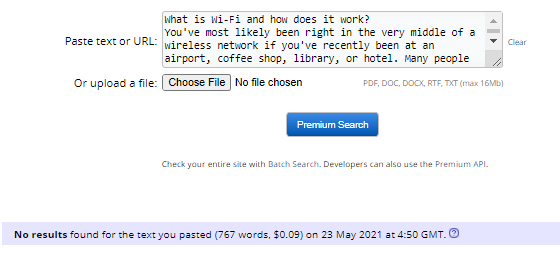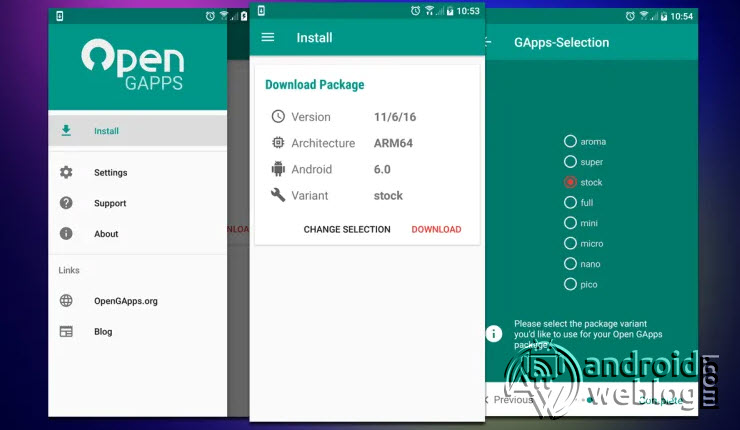What is Wi-Fi and how does it work?

You’ve most likely been right in the very middle of a wireless network if you’ve recently been at an airport, coffee shop, library, or hotel. Many people use wireless networking to connect their computers at home, also called Wi-Fi or 802.11 networking. Many cities have used this technology to provide internet free of cost during the pandemic to students. Wireless networking will become so readily accessible in the immediate future that, without the use of wires, you will be able to reach the Internet nearly anywhere. Have you ever taken the chance to step around and wonder, how everything functions that you use every day? Ever thought more specifically, how computers wirelessly communicate?
Just in case, you are looking for a reliable internet connection at home, AT&T is the answer. With extensive coverage, blazing-fast speeds, and a nationwide network of Wi-Fi hotspots, you’ll never want to let go. If these perks got you interested then AT&T customer service can help you take the next step and sign up for that perfect plan.
Well, this is the same question that we will address in this article today.
Table of Contents
What is Wi-Fi?
Let’s first address a couple of important issues. Wireless fidelity, which is widely known as Wi-Fi, means wireless local area network. Wi-Fi is a device that works similar to other wireless devices, radio frequencies are used to transmit signals between devices. LAN is a wireless network with radio frequencies that are different from completely different from car radios and cell phones. Your car stereos receive frequencies in e.g. MHz and kHz(FM and AM); Wi-Fi uses Gigahertz to send and receive data.
To further simplify, frequency is measured in Hz (Hertz).
How does it work?
Like your car’s FM receiver, Wi-Fi is basically two radios that consume less electricity and broadcast over a much shorter wavelength. These two radio stations allow web users to both download data from the Internet and to upload information — in this two-way communication even to submit addresses via your browser. Another more modern means of Wi-Fi is to utilize the Internet protocol to connect than broadcast radio. The WI-FI is very resilient and very structured in this Internet language. So as these data pass into the air on wireless frequencies, they would be exposed to disturbances, from other Wi-Fi and electromagnetic waves transmitted to the cement walls by microwave ovens. That is where 2.4 gigahertz and 5 gigahertz frequency Wi-Fi comes located. WLAN will transmit on any frequency, which is a benefit for the signal to cut down all of the noise from your wireless router and provide a smooth, clear signal to the PC.
The shorter the level, the farthest will the signal move, according to physics. Wi-Fi can hit machines further than the 5 Gigahertz array. Nonetheless, 5 GHz has further transmitting power. In contrast, the Wi-Fi is a 5-gigahertz route that does not travel too far but has 6 lanes such that traffic can pass easily. Yet citizens have had difficulty with passing radio waves since the era of cable telephones. The dispute with neighbors and their Wi-Fi networks still continues. One method of coping with this is to configure a specific channel to relay the signal. It really isn’t while it sounds technical. Most routers can detect the best channel to use automatically. And 5 gigahertz networks have far more outlets, many incentives to choose the latest norm, than a 2.4 gigahertz range.
Fine-tuning the network is safer for those who have patchy Wi-Fi than the easy implementation of a network extension. The trouble with such extenders, though, is that they are still transmitting a low signal. And, because you just use the half-speed wireless internet, the extender can replay the signal and send out an even worse signal. You might stand by the extender with maximum bars on your phone or desktop, and you have a good wireless signal, technologically speaking, but the Internet’s pace and efficiency can be bad and low.
There are also some authentication options required for Wi-Fi. Users need to use a WPA2 password for accessing the network, also known as Wi-Fi Protected Access (2 indicates the second generation of this function). You need to enter your password to activate the Wi-Fi network in this link. There is also an advanced encryption standard (best known as AES) security feature that the U.S. government has developed to keep the data safe as it passes from one device to the next.
Wrapping Up
Maybe the key advantage of Wi-Fi is that it is compliant backward. And, you can connect to your latest super quick routers on all your outdated computers. If you purchase a wireless internet (router) today, it will still operate the computer you purchased back in 2000.
